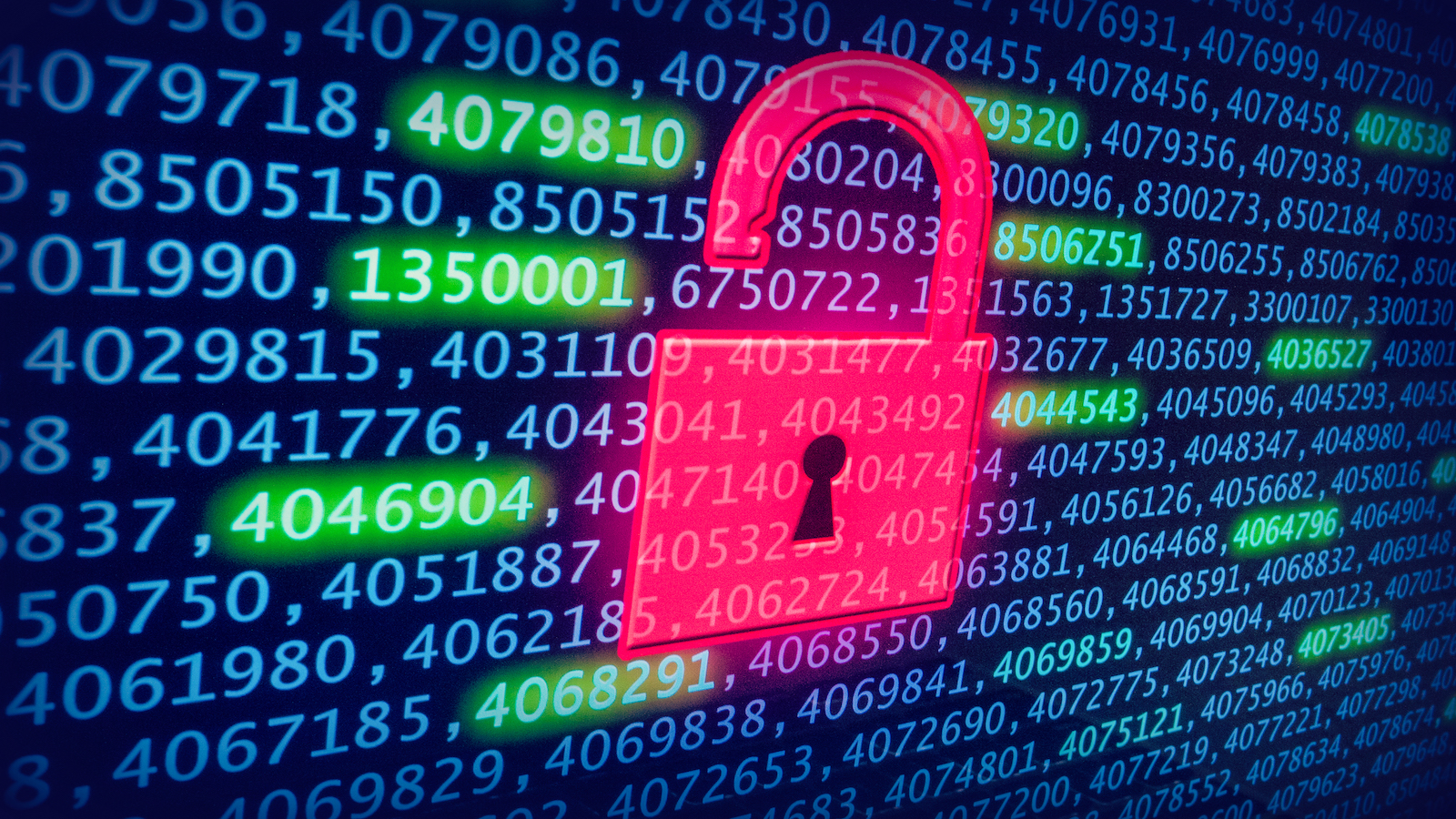Sonos will stop updating older devices in May: What you need to know (UPDATED)
Here are the products that Sonos will stop supporting in May, and what you can do.

Sonos recently announced that it will stop providing software and firmware updates for some of its older devices. In a blog post, the company explained that as technology and streaming services have evolved, "we’ve now come to a point where some of the oldest products have been stretched to their technical limits in terms of memory and processing power."
Update (Jan. 23): In response to customer complaints, Patrick Spence, the CEO of Sonos, posted a statement where he stated that Sonos will continue to "keep them updated with bug fixes and security patches for as long as possible."
Here's what that means for the Sonos speaker, soundbar, or audio device you have.
Which Sonos products are affected?
The following Sonos devices will no longer receive features:
- Sonos Zone Players
- Sonos Connect
- Sonos Connect:Amp (launched in 2006; includes versions sold until 2015)
- First-generation Sonos Play:5 (launched 2009)
- Sonos CR200 (launched 2009)
- Sonos Bridge (launched 2007)
When will Sonos stop providing support?
Sonos will stop providing feature updates to these products starting May 2020.
However, in his post, Spence wrote "While legacy Sonos products won’t get new software features, we pledge to keep them updated with bug fixes and security patches for as long as possible. If we run into something core to the experience that can’t be addressed, we’ll work to offer an alternative solution and let you know about any changes you’ll see in your experience."
Will the Sonos devices stop working?
No, they will continue to work, though Sonos warns that they could lose functionality if the services those devices use—such as Spotify, Pandora, or some other streaming service—updates some part of its technology that isn't backwards-compatible. Presumably, this will no longer be the case if Sonos is able to provide bug fixes for all products.
Get instant access to breaking news, the hottest reviews, great deals and helpful tips.
What can I do if I have an older Sonos device?
Owners of the affected Sonos products can continue to use them as normal, with the knowledge that they may lose functionality over time.
Alternatively, owners can use Sonos' Trade Up program, which provides a 30 percent credit for each Sonos device you exchange.
If you do decide to keep an older Sonos device, and want to keep it in the same group as newer Sonos speakers, you'll have to take steps to quarantine it. According to The Verge, Sonos will introduce in May a method to isolate older products, so that the newer devices in an owner's Sonos group will continue to receive updates normally.
It's unfortunate that Sonos is ending support for some of its legacy devices, but it doesn't appear that those products will immediately stop working as of May 1.

Michael A. Prospero is the U.S. Editor-in-Chief for Tom’s Guide. He oversees all evergreen content and oversees the Homes, Smart Home, and Fitness/Wearables categories for the site. In his spare time, he also tests out the latest drones, electric scooters, and smart home gadgets, such as video doorbells. Before his tenure at Tom's Guide, he was the Reviews Editor for Laptop Magazine, a reporter at Fast Company, the Times of Trenton, and, many eons back, an intern at George magazine. He received his undergraduate degree from Boston College, where he worked on the campus newspaper The Heights, and then attended the Columbia University school of Journalism. When he’s not testing out the latest running watch, electric scooter, or skiing or training for a marathon, he’s probably using the latest sous vide machine, smoker, or pizza oven, to the delight — or chagrin — of his family.
